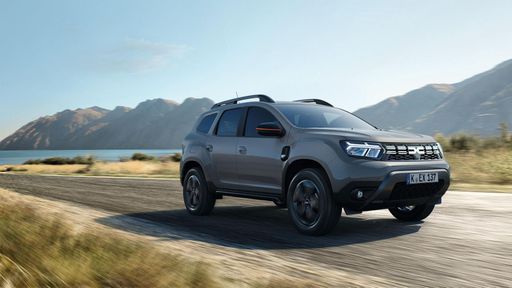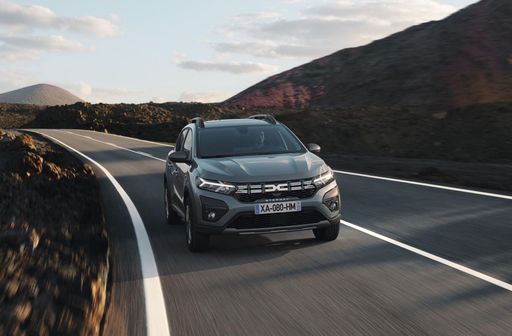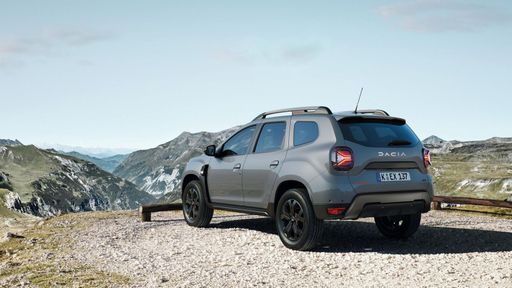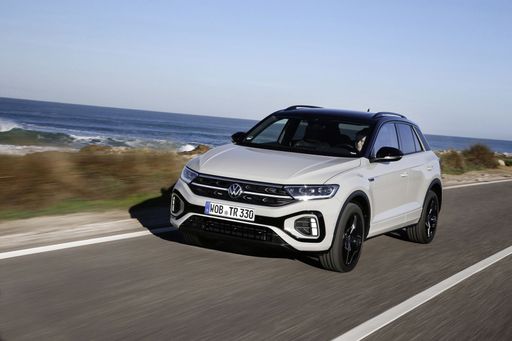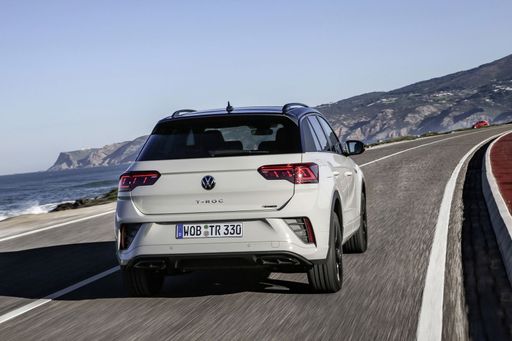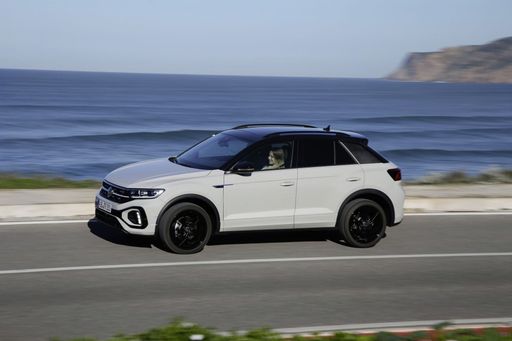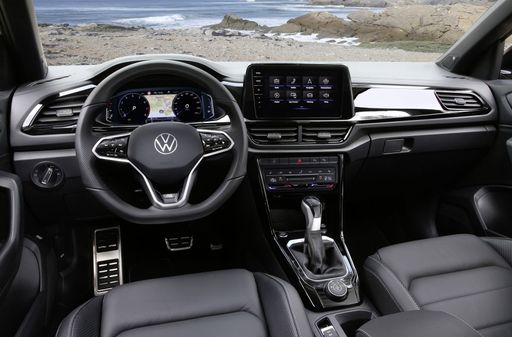A Head-to-Head SUV Comparison: Dacia Duster vs. VW T-Roc
The battle of the versatile compact SUVs rages on as we put the Dacia Duster and the VW T-Roc under the microscope. Both vehicles promise a blend of functionality, performance, and style. In this comparison, we'll dive deep into their key technical aspects and innovative features to help you decide which might be the right fit for you in 2024.

